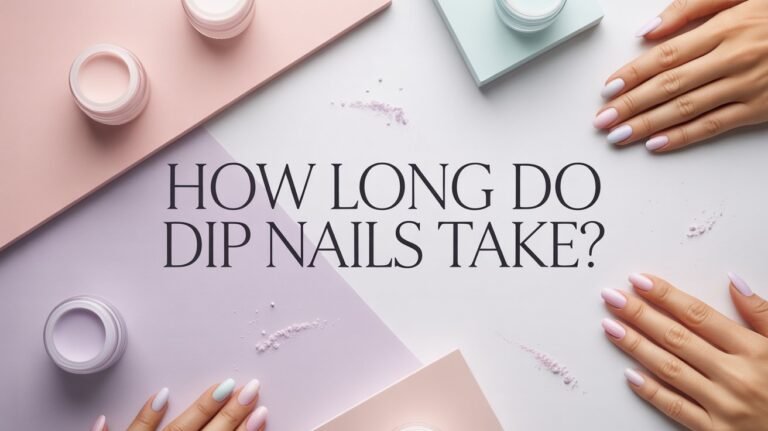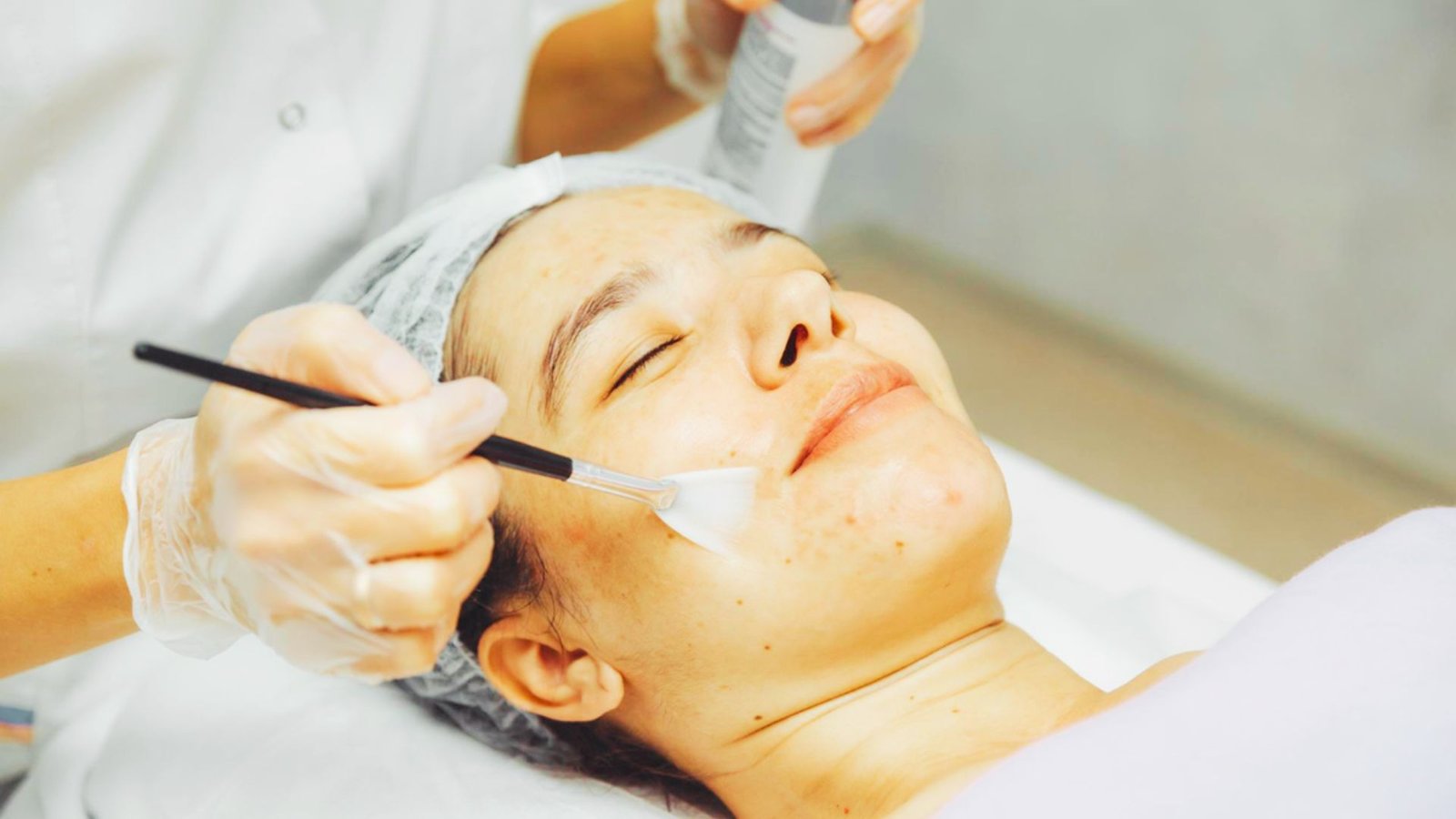Real Advice on How to Make Acrylic Nails Last Longer
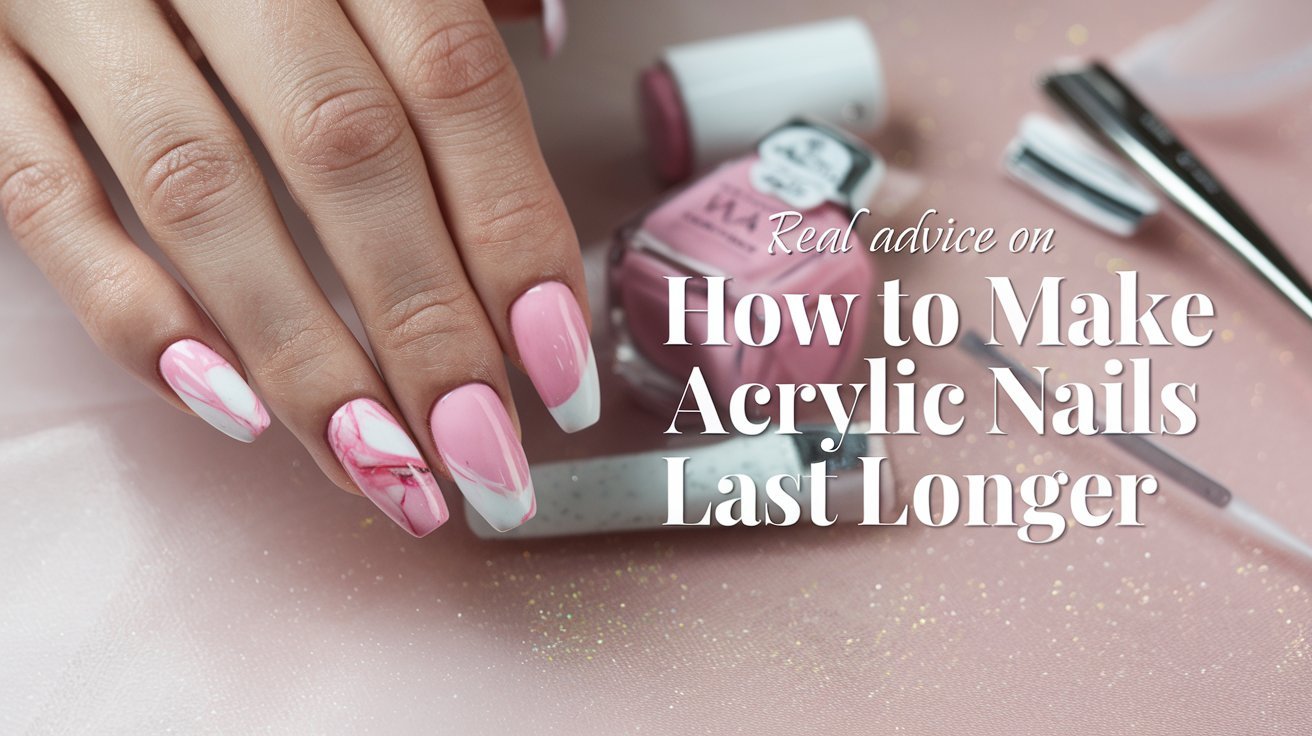
You can get immediate glam and serious durability with acrylic nails. However, a lot of us detect lifting, chipping, or breakage much too quickly.
It’s annoying, I’ve been there.This guide offers practical tips for extending the life of acrylic nails from nail technicians, beauty forums, and regular users.
Along with what nail forums members swear by, you’ll find 11 useful tips that genuinely work.
I’ve blended professional methods with tips from individuals who have gained experience through trial and error.
I’ll show you how to extend the life of acrylic nails without having to guess, from length selection to daily maintenance routines. These are tried-and-true, simple-to-follow guidelines.
Why Acrylic Nails Lose Their Strength Early

Your acrylics don’t have to chip or lift after just a week. Understanding what causes early damage helps you avoid it.
Water weakens the bond between acrylic and your natural nail. Poor application matters too. If your nail tech skips proper prep or rushes the job, your nails won’t last.
Harsh products like cleaning chemicals and alcohol-based sanitizers strip moisture and weaken the material.
Your lifestyle plays a role. Long, pointy nails break easily if you type all day or work with your hands. Skipping aftercare is another mistake. No moisturizer means more damage.
I’ve spent hours reading Reddit threads and Facebook nail groups. Many users didn’t wear gloves while cleaning.
Others picked at lifting edges instead of getting help. People who learned proper aftercare saw their nails last twice as long.
Coffin nails look great but break faster than shorter shapes. Small daily habits make a huge difference.
11 Real Tips on How to Make Acrylic Nails Last Longer
These tips come from real people and professionals who know what works. Apply them to your routine for stronger, longer-lasting nails.
1. Pick the Right Nail Length and Shape for Your Lifestyle

Shorter nails with round or squoval shapes last longer. This is especially true if you type, cook, or do manual work.
I switched from coffin to oval nails and noticed way less breakage. The change made a real difference.
Long, sharp shapes look great in photos. But they catch on everything and snap easily during daily tasks.
Think about what you do every day. Then choose a shape that fits your life, not just your mood board.
2. Start with a Skilled Nail Technician

Proper prep and smooth application make or break your acrylics. A good tech takes time to clean, buff, and prime your nails correctly.
Always check reviews before booking an appointment. Look for comments about how long people’s nails lasted.
A rushed job means lifting, air bubbles, and weak bonds. Don’t go for the cheapest option if the quality isn’t there.
Ask questions during your appointment. A great tech will explain their process and give you care tips.
3. Avoid Soaking Your Nails in Water for Too Long
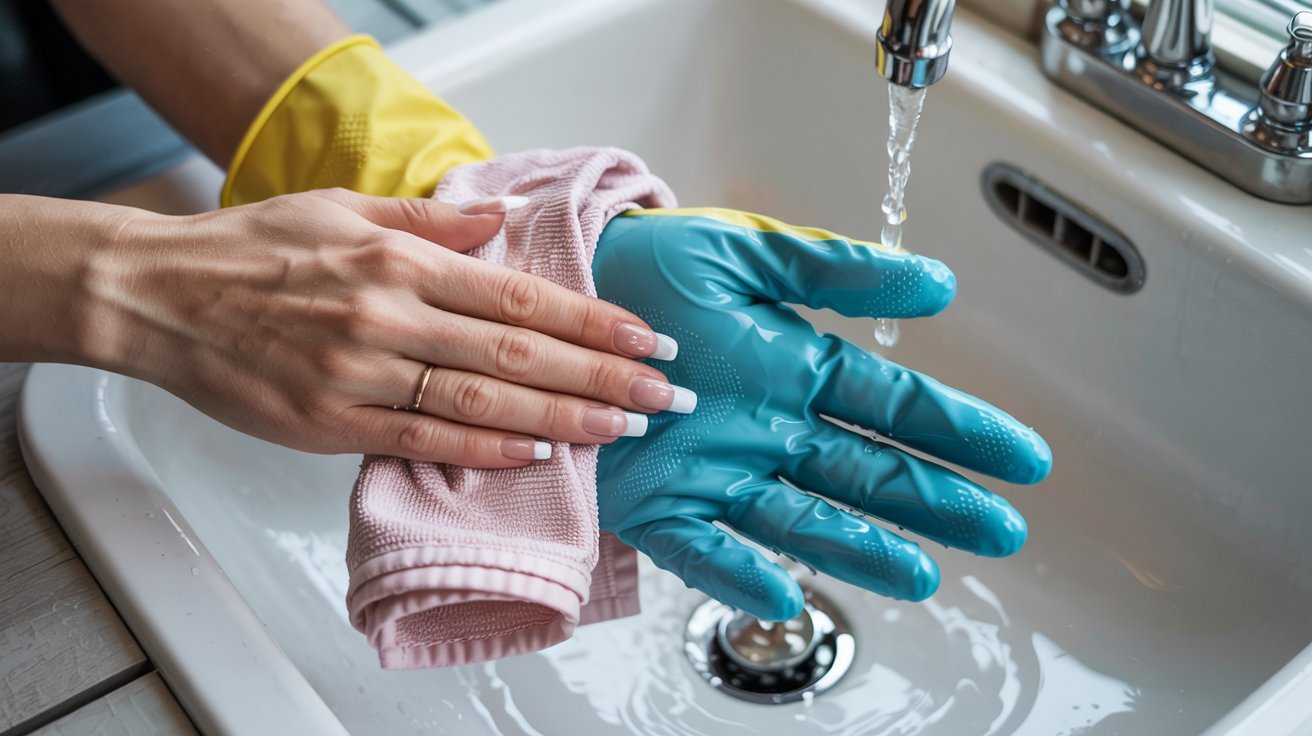
Water softens acrylics and weakens the bond to your natural nail. Long showers, swimming, and dishwashing all cause problems.
Reddit users recommend wearing waterproof gloves while cleaning. This simple habit protects your nails from constant moisture.
If you swim often, dry your nails thoroughly afterward. Pat them down and let them air out completely.
Even washing your hands too often can cause issues. Be gentle and don’t soak your fingers unnecessarily.
4. Moisturize Cuticles and Nails Every Day
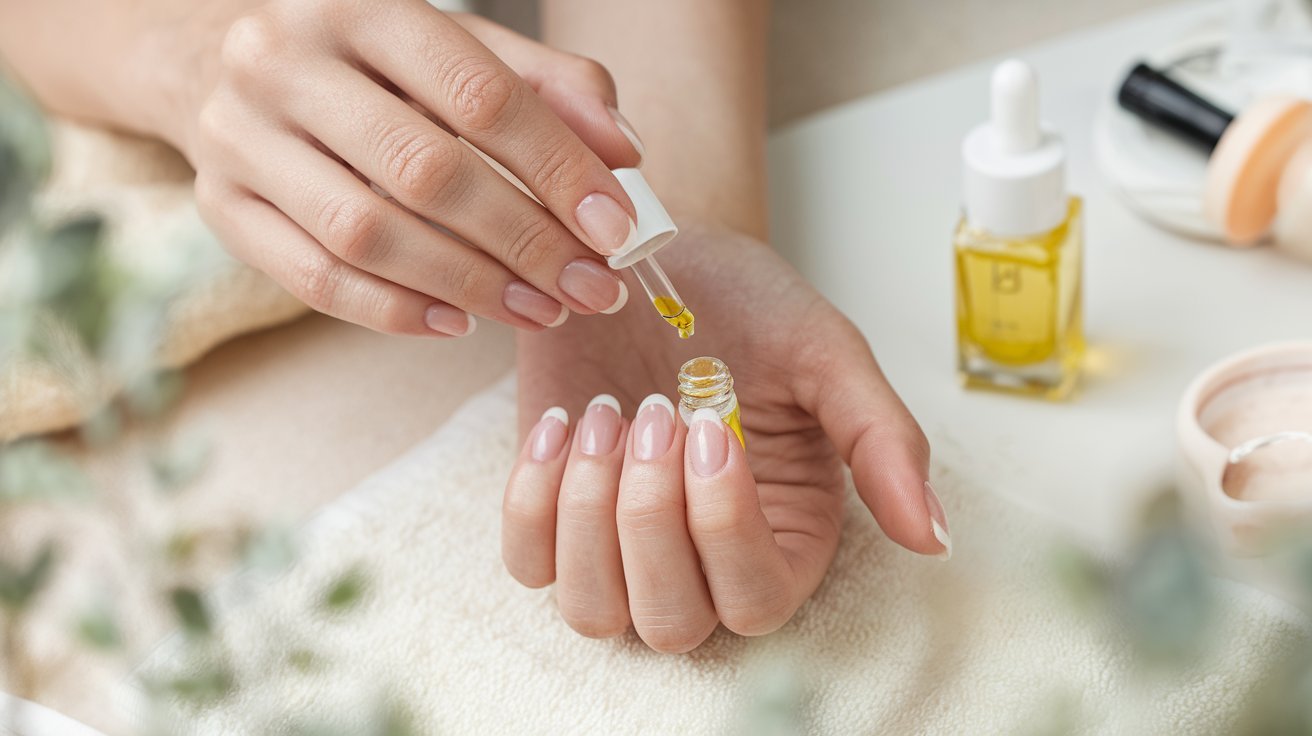
Dry cuticles lead to cracking and lifting. Keeping them moisturized helps your acrylics stay flexible and strong.
I use cuticle oil every night before bed. It takes 30 seconds and makes a noticeable difference.
Popular oils include jojoba, argan, and vitamin E. All three work well and absorb quickly.
Apply oil to the cuticle area and gently massage it in. This keeps the skin healthy and prevents peeling around the nail.
5. Keep Nails Clean and Dry
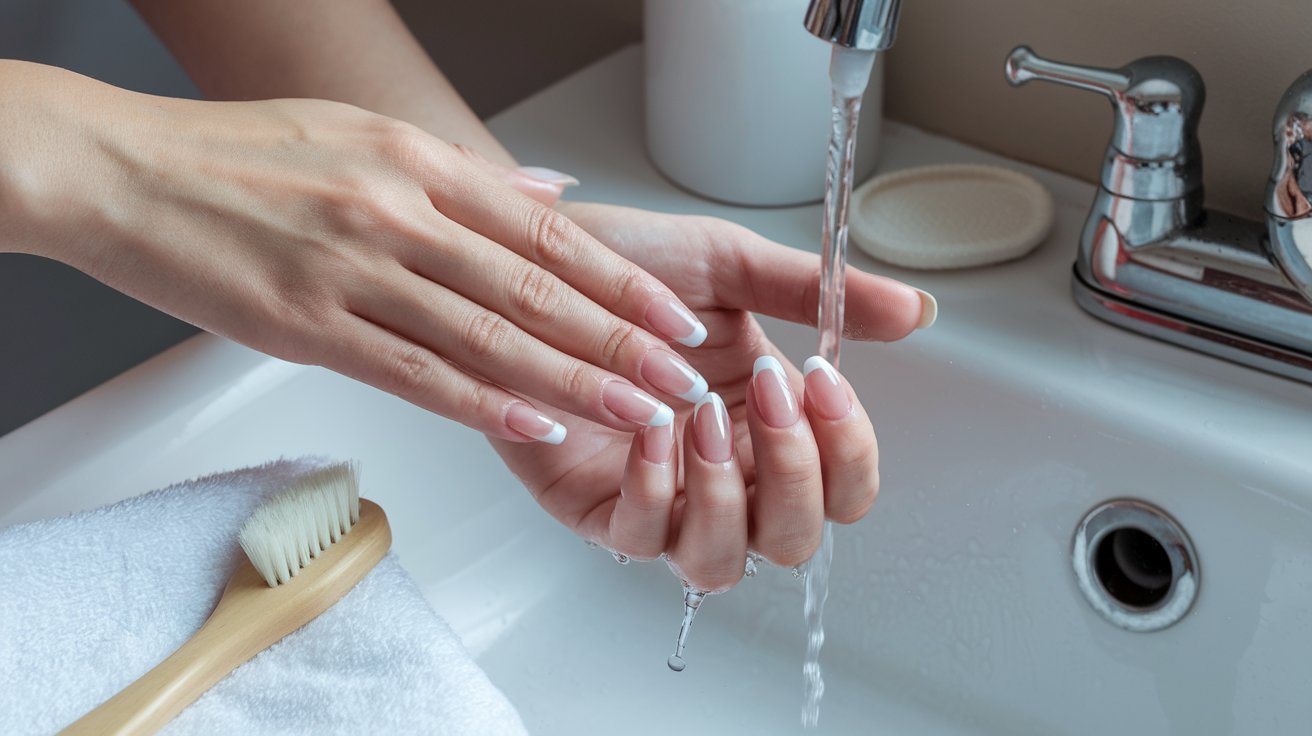
Dirt and moisture trapped under your nails cause lifting. Wash your hands gently with mild soap and water.
Use a soft brush to clean under your nails. Be gentle so you don’t push the acrylic away from your natural nail.
Dry your hands completely after washing. Moisture left behind weakens the bond over time.
This simple routine prevents bacteria buildup and keeps your nails looking fresh.
6. Avoid Harsh Chemicals and Alcohol-Based Sanitizers

Cleaning products and hand sanitizers strip moisture from acrylics. This makes them brittle and more likely to crack.
Many people in nail communities suggest switching to mild soap when possible. After sanitizing, apply cuticle oil to restore moisture.
If you clean a lot, wear gloves. Your nails will thank you.
Even products that seem harmless can cause damage. Read labels and choose gentle options when you can.
7.Don’t Use Your Nails as Tools

Opening cans, peeling stickers, and scratching things stress your acrylics. They’re not designed for that kind of pressure.
I keep a small keychain tool in my bag now. It saves my nails from unnecessary strain.
Using your nails as tools is the fastest way to cause breaks and chips. It only takes one wrong move.
Ask for help or find the right tool for the job. Your nails are for looking good, not opening packages.
8. Handle Chips and Breaks Professionally

Never try to glue or file broken nails at home. You risk infection, more damage, and uneven application.
Nail techs recommend professional repair for any issues. They have the right tools and products to fix problems safely.
If you notice a chip, book an appointment as soon as possible. Small problems become big ones if you ignore them.
Some people try DIY fixes to save money. But a bad repair job costs more in the long run.
9. Book Regular Fills Every 2 to 3 Weeks

Fills prevent lifting near the cuticle and keep your nails balanced as they grow. Waiting too long causes gaps and weak spots.
I schedule my next fill right after each appointment. This keeps me on track and prevents last-minute stress.
Regular maintenance makes your nails look better and last longer. It’s worth the time and cost.
Skipping fills leads to more damage and higher repair costs. Stay consistent for the best results.
10. Give Your Natural Nails a Breather Between Sets

Taking a week off between acrylic sets strengthens your natural nails. This prevents long-term damage and thinning.
Use a strengthening base coat or nail serum during your break. These products help your nails recover faster.
I learned this tip from a nail tech after noticing my natural nails felt weak. The break made a huge difference.
Your nails need time to breathe and rebuild. Don’t rush back into another set if your nails feel fragile.
11. Protect Nails While You Sleep and Work

Wear light cotton gloves if you toss and turn a lot at night. This prevents accidental snags and breaks.
Be mindful when typing, cooking, or exercising. Small adjustments reduce stress on your nails.
I started being more careful with my hands during daily tasks. Fewer breaks and chips followed.
Protection doesn’t mean wrapping your hands in bubble wrap. Just pay attention and avoid unnecessary strain.
What Online Communities Recommend Most
Real users share their favorite products and debunk common myths. Here’s what actually works based on community feedback.
Popular Products Users Swear By:
Nail Envy strengthener gets mentioned constantly in nail forums. People say it helps natural nails stay strong between sets.
CND SolarOil is another favorite. Users love how fast it absorbs and how well it prevents dryness.
OPI ProSpa cuticle oil also has a strong following. Many people keep a bottle on their nightstand for daily use.
These products aren’t magic, but they work when used consistently. Community feedback backs up their effectiveness.
Myths and Misconceptions:
Some people believe acrylics always damage natural nails. This isn’t true if applied and removed correctly.
Proper application and care prevent damage. The problem comes from poor technique or neglect, not the acrylic itself.
Another myth is that longer nails are stronger. Actually, shorter nails last longer and break less often.
Length adds stress and makes nails more fragile. Style matters, but function should come first.
Expert vs. Real User Advice: What Truly Works
- Salon tips and real-world experience both matter. Combining them gives you the best results for lasting acrylics.
- Experts focus on proper application, quality products, and regular fills. These are the foundation of healthy acrylics.
- Real users add practical advice based on daily life. They know which habits cause problems and which ones help.
- I’ve found that daily care matters more than brand names. Expensive products won’t fix bad habits.
- Lifestyle choices play a huge role too. Your job, hobbies, and routines affect how long your nails last.
- Experts teach technique. Users teach adaptation. You need both to keep your acrylics looking great for weeks.
Conclusion
Here are 11 suggestions from the community to help your acrylics last longer. From choosing the perfect shape to moisturizing daily, these habits work.
My nails are much longer now that I’ve applied most of these tips. Small changes add up quickly.
Combine expert techniques with useful advice for best results. Your nails will stay strong, beautiful, and chip-free for weeks.
Which advice has worked well for you? Give this to someone who needs it, or share your own tips in the comments section!
Frequently Asked Questions
How often should I moisturize my acrylic nails?
Apply cuticle oil at least once daily, preferably before bed. This keeps acrylics flexible and prevents cracking around the edges.
Can I swim with acrylic nails?
Yes, but dry your nails thoroughly afterward. Prolonged water exposure weakens the bond, so limit soaking time when possible.
Why do my acrylics keep lifting near the cuticle?
Lifting happens from moisture, skipped fills, or poor application. Book regular fills every 2 to 3 weeks and keep nails dry.
Is it safe to file acrylic nails at home?
Light shaping is fine, but don’t file too much or try to fix breaks yourself. Always see a professional for repairs.
How long should I wait between acrylic sets?
Take at least a week off to let your natural nails recover. Use strengthening treatments during breaks for healthier regrowth.



